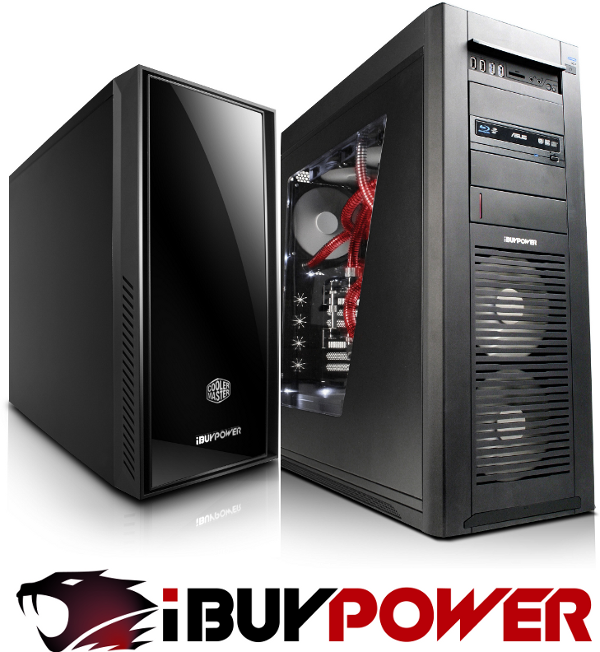iBuyPower P500X And P900DX Workstations, Reviewed
Armed with updated workstation benchmarks, we have two systems from iBuyPower in the lab today: a $2,000 quad-core entry-level rig, and an $8,000 sixteen-core behemoth. With $6,000 separating the two, is the performance spread really what you'd expect?
When System Builders Go Pro
The workstation market doesn't garner quite the attention that the enthusiast space does. There's generally far less fanfare over the CPU releases, and the GPU launches are fewer and further between. However, this year, we did see the introduction Ivy Bridge-based Xeons from Intel (Intel Xeon E3-1280 v2 Review: Ivy Bridge Goes Professional), the Kepler-based Quadro K5000 from Nvidia, and Graphics Core Next-based cards from AMD (AMD FirePro W8000 And W9000 Review: GCN Goes Pro).
Today, we're putting all of that together and looking at a pair of complete workstation systems from iBuyPower.
Los Angeles-based system builder iBuyPower offers a full line of PCs, from HTPCs to gaming laptops to workstations. The company provided us with two machines from its workstation line-up for this review: the mid-range P500X and the powerhouse P900DX. At the heart of the $2,000 P500X is an Ivy Bridge-based quad-core Xeon processor able to operate on eight threads concurrently. Meanwhile, the nearly-$8,000 P900DX sports a pair of Sandy Bridge-EP-based octo-core Xeons, for a grand total of 16 cores and 32 threads!
So how does a $2,000 workstation stack up to $8,000 system? Can there really be $6,000 worth of extra performance in the P900DX?
To find out, we're overhauling our massive workstation benchmark suite and standardizing the results to a new baseline test system. Starting with this review, the modest P500X becomes our new reference workstation, giving us a constant comparison point. All workstation reviews in the near future will include it against at least one other machine, along with the same exact test suite. This ensures that you'll start to see a growing library of workstation-oriented performance numbers as we ramp up coverage.
But before we get to testing, let's take a closer look at these two professional-grade builds.
Get Tom's Hardware's best news and in-depth reviews, straight to your inbox.
-
sprucegroose The P900DX would be about $6500 for the parts alone. It also comes with warranty, and if you are the type of person using it, the time building it and repairing it might offset the price difference. On the other hand, you could put in better components for the same price.Reply -
manitoublack We've got the Quadro 4000's at work and they're junk. GTX280 is faster and they were released in 2008. I pulled mine and installed my old GTX295, made a huge difference using the mine modelling software.Reply
Quadrao 4000 was all stutters, GTX 295 is buttery smooth. -
csf60 manitoublackWe've got the Quadro 4000's at work and they're junk. GTX280 is faster and they were released in 2008. I pulled mine and installed my old GTX295, made a huge difference using the mine modelling software.Quadrao 4000 was all stutters, GTX 295 is buttery smooth. that's because workstation cards are not meant to be fast at rendering frames. They are fast at doing many simple batch calculations like ray tracing, fluid movement or video editing.Reply -
j2j663 manitoublackWe've got the Quadro 4000's at work and they're junk. GTX280 is faster and they were released in 2008. I pulled mine and installed my old GTX295, made a huge difference using the mine modelling software.Quadrao 4000 was all stutters, GTX 295 is buttery smooth.Reply
This is like someone complaining that a screwdriver is really bad at pounding in nails. Learn to use the right tools for the job at hand. -
I'm curious about the After Effects performance. What were your memory settings when rendering multiple frames simultaneously?Reply
-
Draven35 they varied, I had to set them between 3gb and the minimum in order to the the maximum number of cores. I have a working theory on the AE problem that i will test next opportunity.Reply -
Wow, odd. Anywhere I could get an update on your progress once you test your hypothesis? I'd love to figure out what is causing that result. It should be destroying that benchmark.Reply
